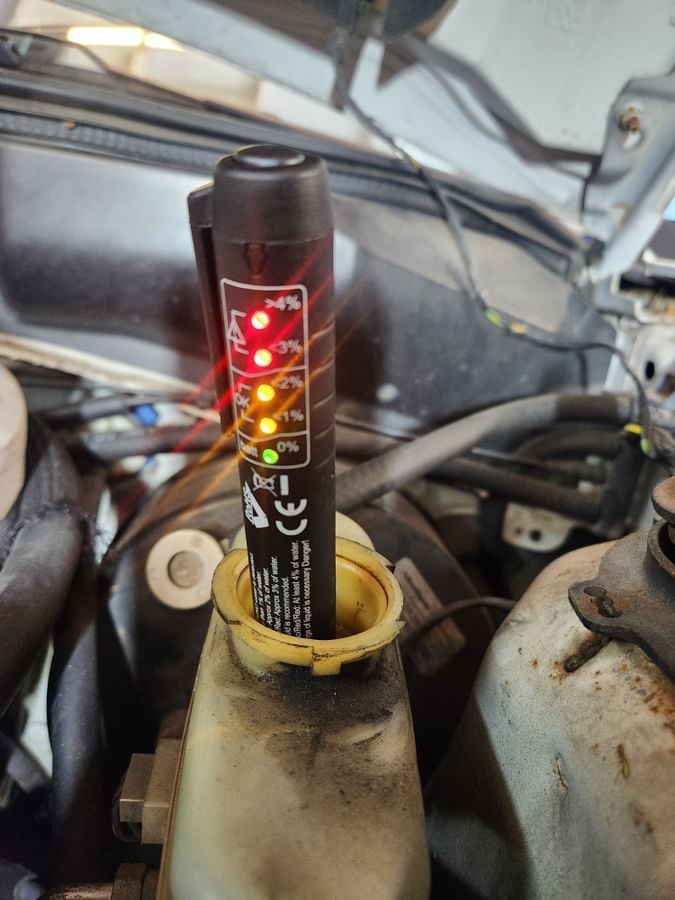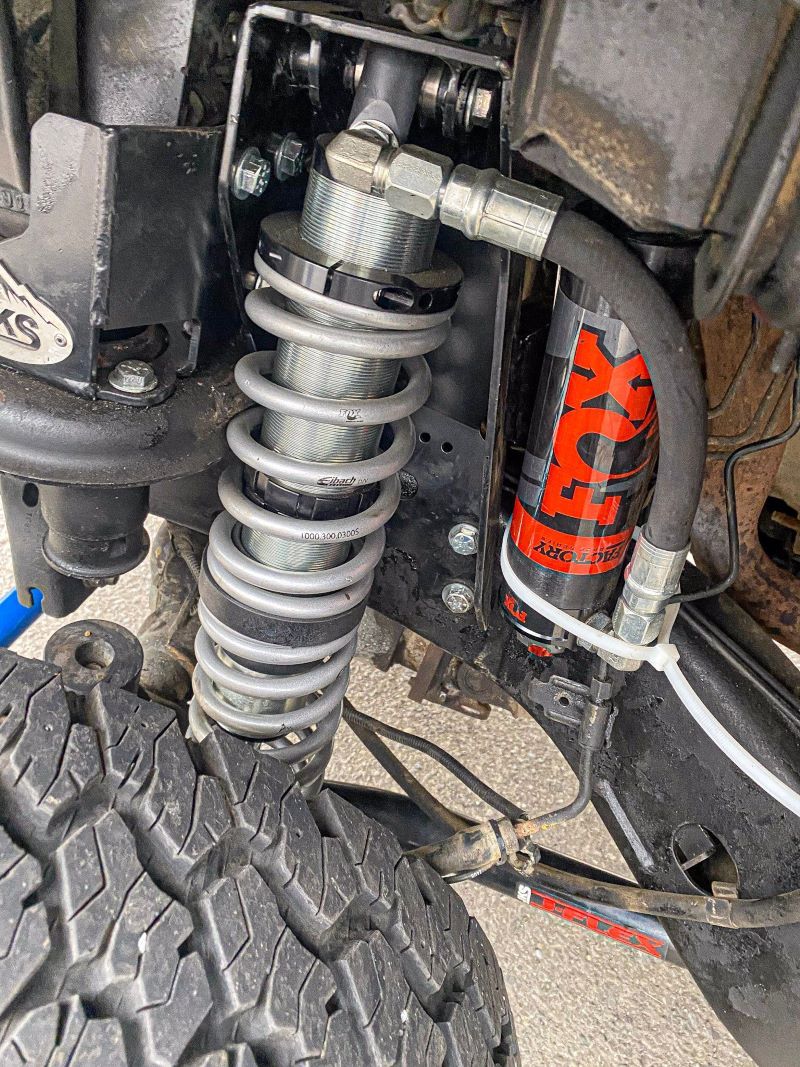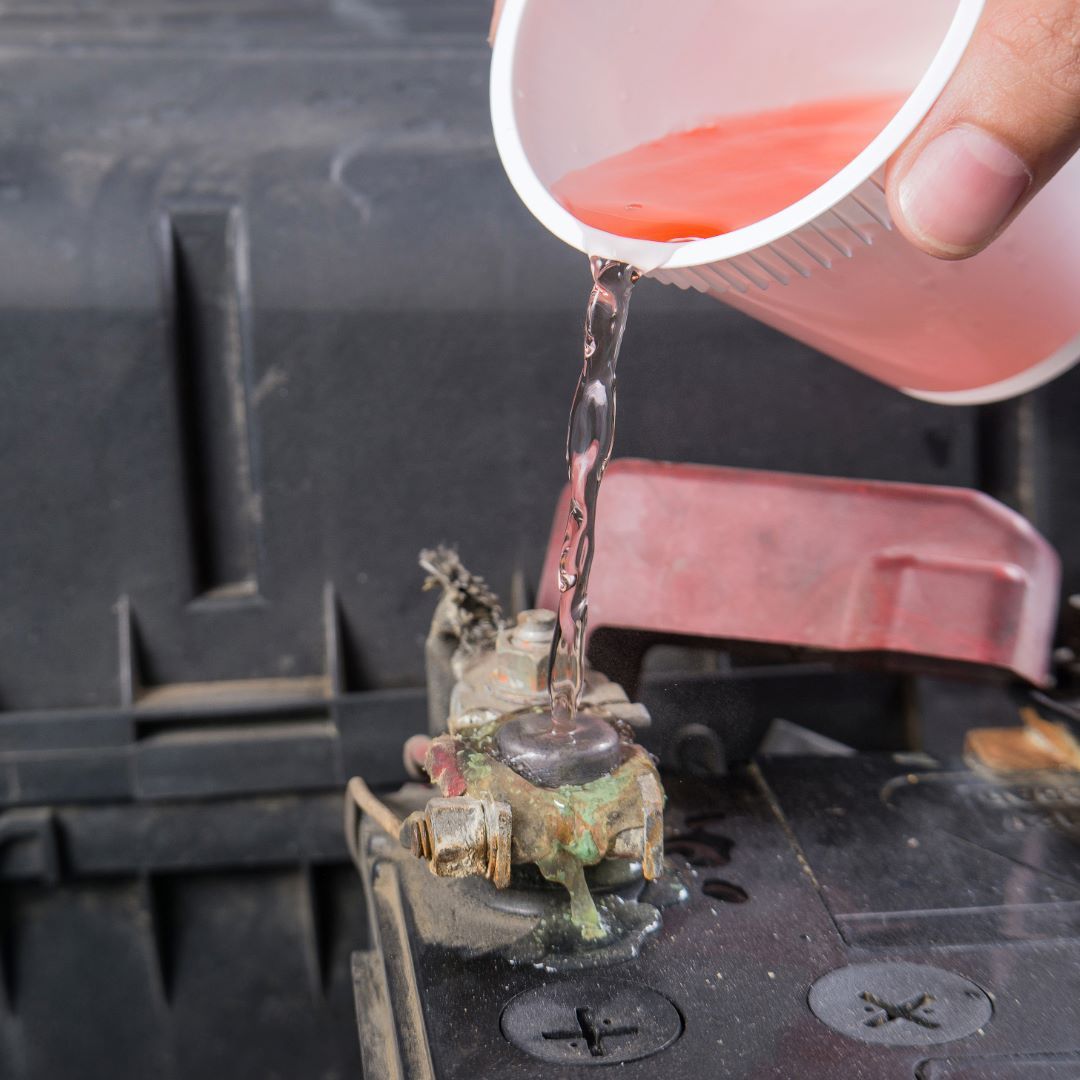How Do Natural Gas Vehicles Work?

How Natural Gas Vehicles Work – CNG & LNG Auto Service in Burien
As the automotive world shifts toward greener technologies, natural gas vehicles (NGVs) are gaining traction as an alternative to gasoline and diesel. With cleaner emissions and potential cost savings, they’re becoming a smart choice for environmentally conscious drivers.
Let’s break down how NGVs work, the benefits they offer, and why you might start seeing more of them on the road.
Types of Natural Gas Used in Vehicles
Natural gas vehicles typically use one of two types of fuel:
- Compressed Natural Gas (CNG): Stored at high pressure (3,000–3,600 psi) in specially designed tanks.
- Liquefied Natural Gas (LNG): Stored in cryogenic form at -260°F in insulated tanks.
Both fuel types are primarily methane-based, but their storage and delivery systems differ significantly.
How Are Natural Gas Vehicles Fueled?
CNG vehicles are fueled at stations equipped with high-pressure gas dispensers. Drivers connect a nozzle to their vehicle’s CNG tank, and the gas is pumped in under pressure.
LNG vehicles require cryogenic fueling stations that handle the ultra-cold liquid fuel. These systems are more common in long-haul trucking and commercial fleets than in daily-use passenger vehicles.
Can You Convert a Regular Vehicle to Natural Gas?
Yes! Many natural gas vehicles are conversions of standard gasoline or diesel models.
The conversion typically includes:
- Installing natural gas storage tanks
- Upgrading or replacing fuel injectors or carburetors
- Modifying the engine to safely combust natural gas
This allows the vehicle to run solely on natural gas or in bi-fuel mode (using both gasoline and CNG/LNG).
How Does a Natural Gas Engine Work?
Natural gas combusts similarly to gasoline. Once injected into the combustion chamber, it ignites and powers the engine.
The key difference? Methane burns cleaner than gasoline or diesel—producing fewer harmful emissions such as:
- Carbon dioxide (CO2)
- Nitrogen oxides (NOx)
- Particulate matter
This cleaner burn contributes to better air quality and reduced environmental impact.
Why Consider a Natural Gas Vehicle?
Environmental Benefits
- Significantly lower emissions
- Reduced contribution to smog and pollution
- Supports a shift toward cleaner transportation
Lower Operating Costs
- Natural gas is often cheaper than gasoline or diesel
- Some regions offer government incentives or tax breaks
Energy Security
- Natural gas is abundant in North America
- Reduces dependency on imported oil
Challenges of Natural Gas Vehicles
- Limited refueling infrastructure: Fewer CNG and LNG stations compared to gas stations, especially in rural areas.
- Lower energy density: NGVs may have a shorter driving range than gasoline vehicles.
- Specialized maintenance: Requires technicians familiar with natural gas systems.
What’s Next? The Future of NGVs
The rise of renewable natural gas (RNG) sourced from organic waste is expanding the environmental benefits even further. RNG can be distributed through existing pipelines, making it easier to scale infrastructure and reduce emissions even more.
Need Natural Gas Vehicle Repairs or Maintenance in Burien?
Whether you’re driving a dedicated CNG fleet vehicle or a converted bi-fuel car, ABC Auto Repair in Burien has the tools and expertise to help you maintain it properly.





